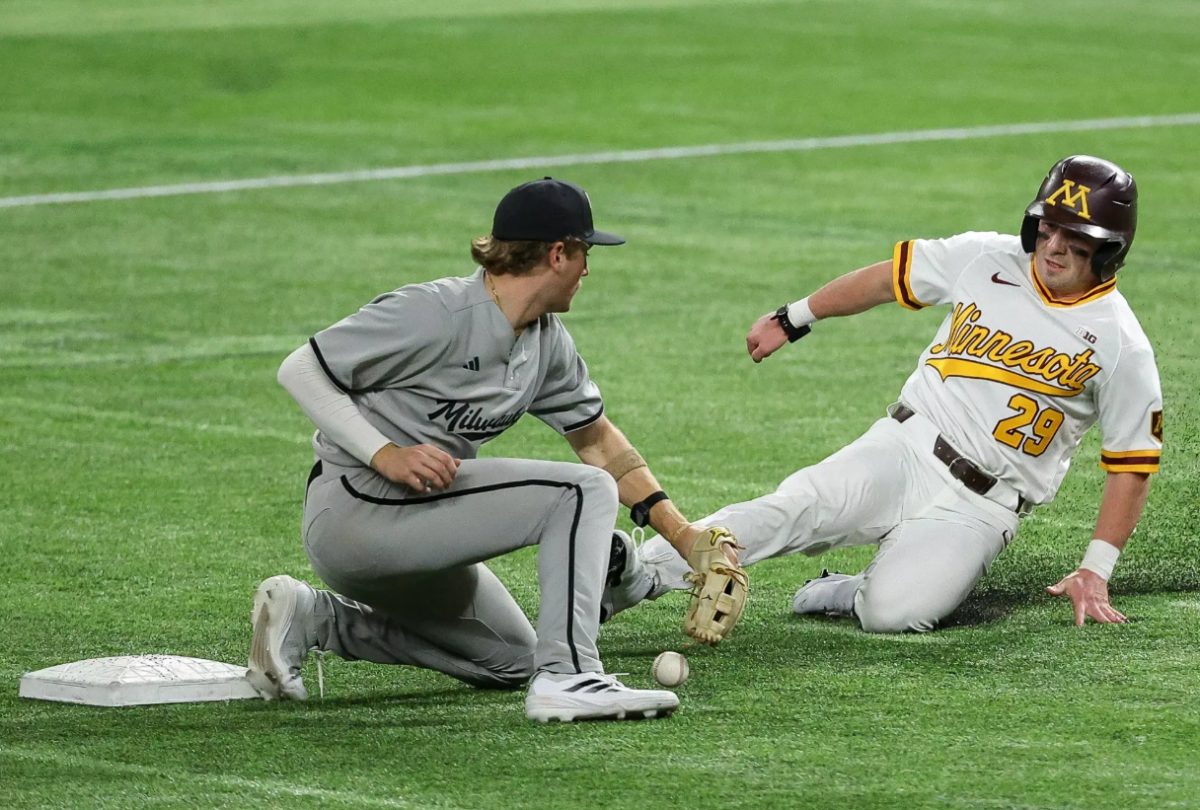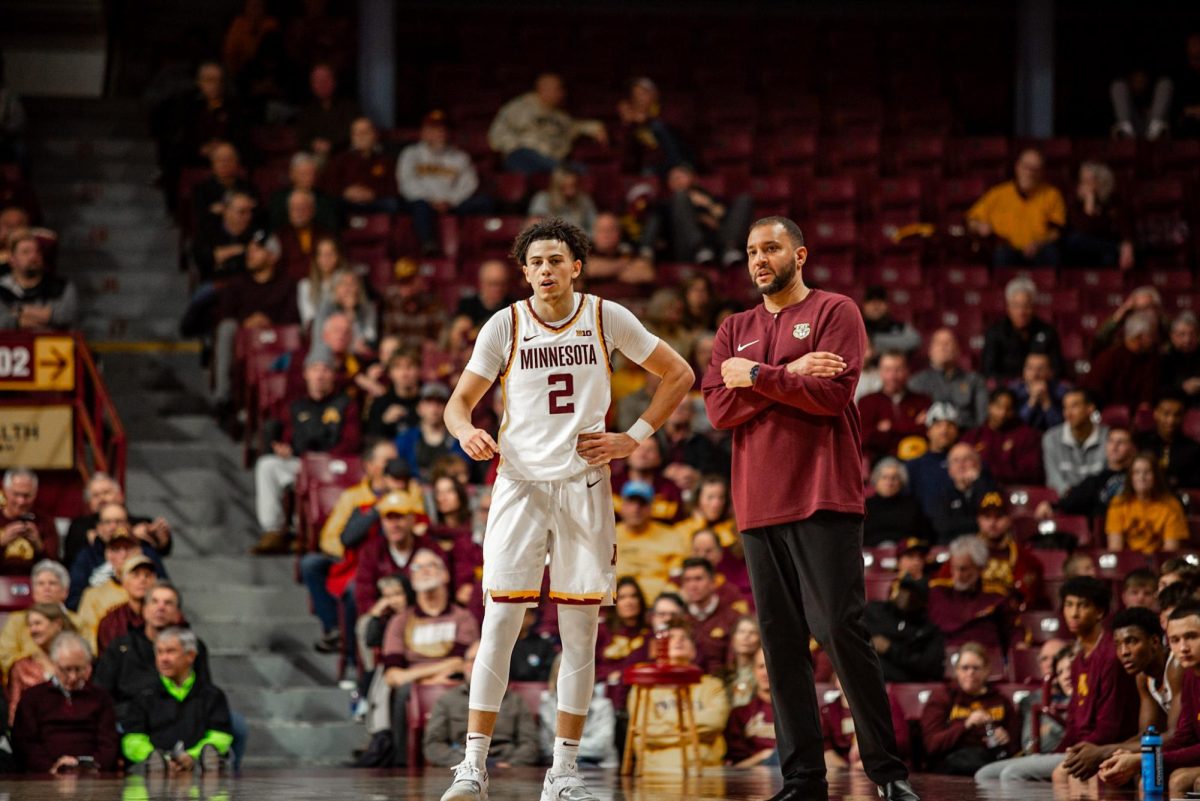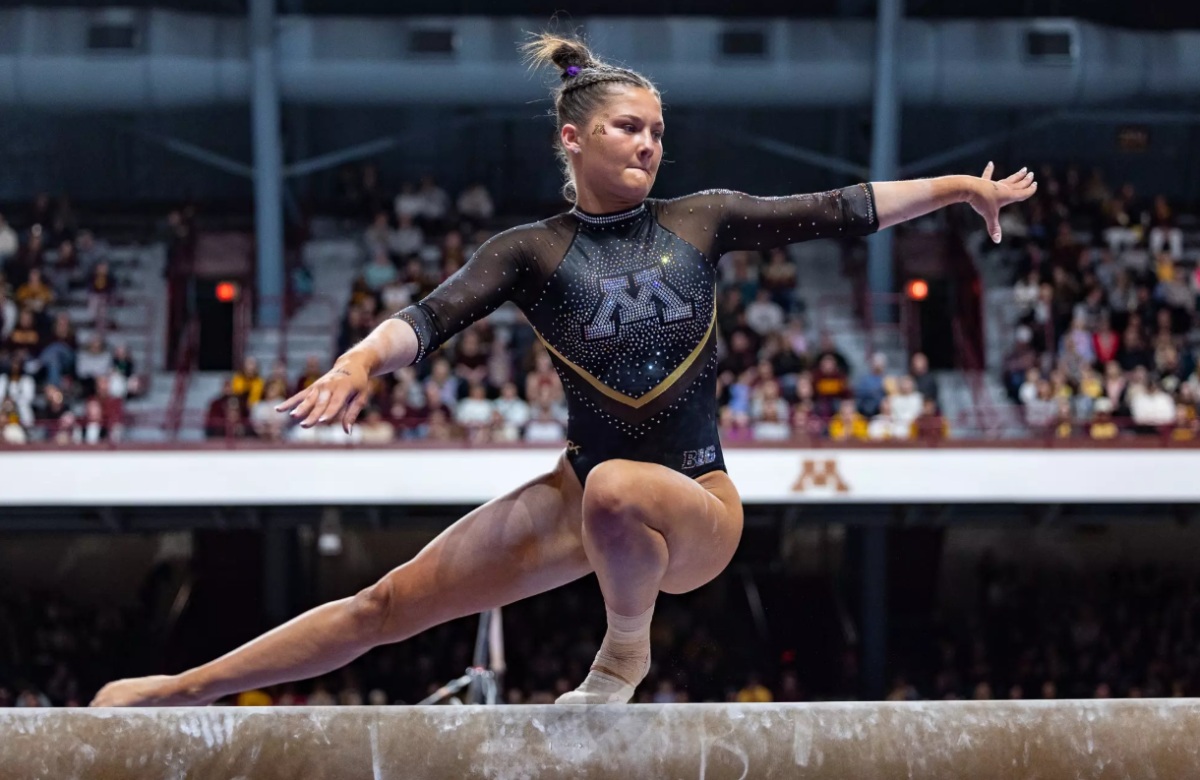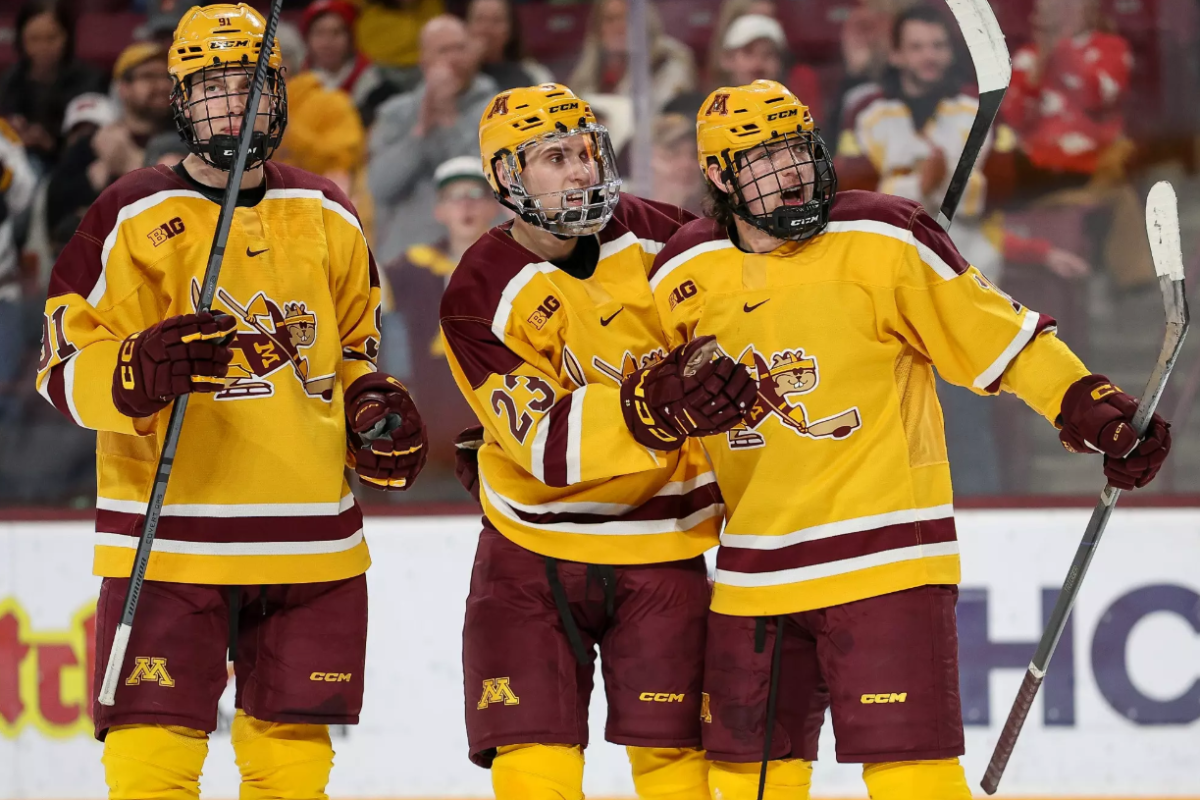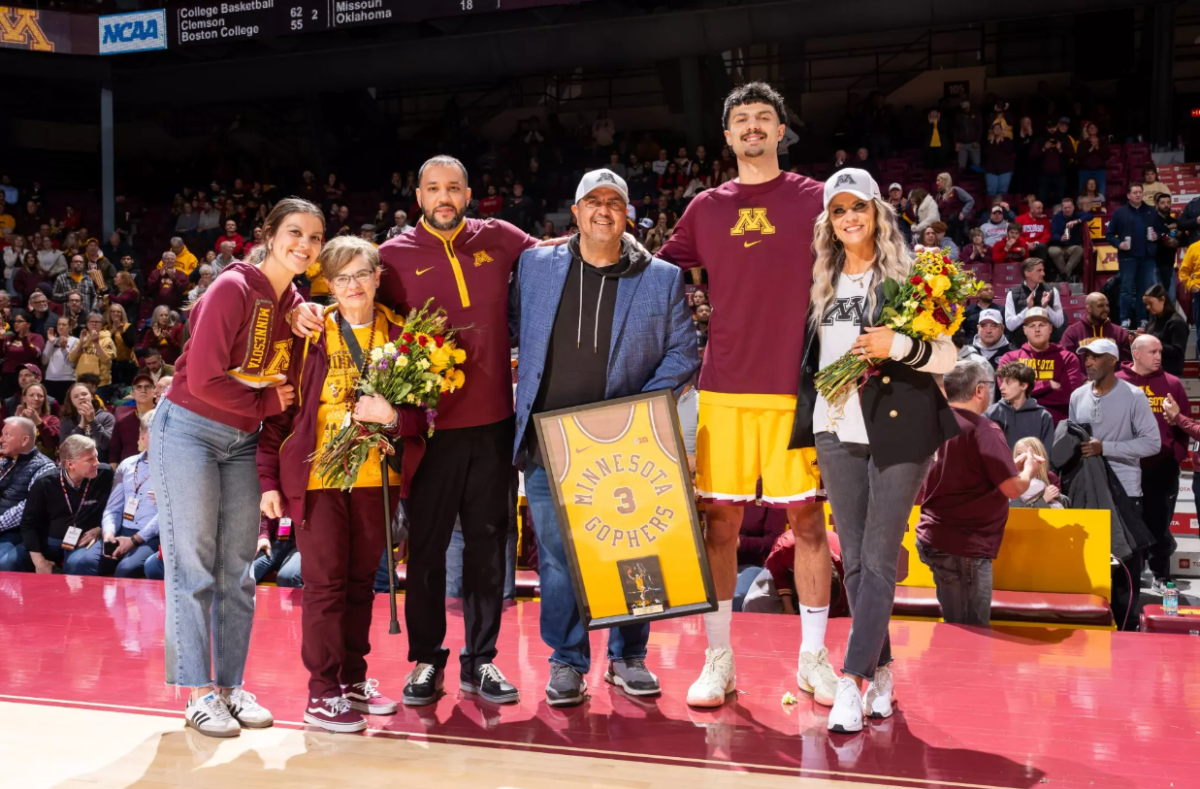The reality that collegiate athletics have become a multimillion dollar business plays into the recruiting arms race.
Like many other businesses, athletics departments nationwide try to stay on top of the competition, and recruit to that end.
And the Gophers athletics department budget reflects that.
The athletics department plans to spend more than $1 million in recruiting efforts in 2007 and 2008.
While that might only make up a small portion of the department’s more than $53 million in expenses for the same year, it is more than many other categories.
The department’s recruiting expenses are nearly double what it will pay in equipment costs, according to its budget plan.
The $1 million figure is just $300,000 less than the department will spend on repairs, maintenance and supplies.
As for which sport gets the most funding, the breakdown might come as no surprise to the informed observer.
Football receives the most funding, with the closest sport, men’s basketball, as it sees nearly $140,000 less than its fall counterpart.
If a program lacks in any part of its recruiting it can cost them a top recruit, assistant men’s hockey coach John Hill said.
“You have to stay on top of it, you don’t want to fall asleep for a moment,” he said. “If you do, you may miss out on someone.”
Recruiting efforts stretch across borders as well, Hill said, as athletics programs search the globe for talent.
Hill said he will travel to Canada a handful of times to scout talent and make a trip to Europe over the summer.
“The travel gets to be a bit of a grind,” Hill said. “I would bet, in the summer, it’s safe to say we spend at least a month recruiting.”
Hockey is not the only sport that seeks to recruit prospects from other continents, assistant men’s basketball coach Vince Taylor said he’s been around the world in search of talent.
“I’ve been overseas, I’ve been to France, been to Portugal,” he said. “Now it’s really international.”
Taylor echoed Hill’s sentiment about the competitive nature of recruiting athletes.
“It never stops, your mission’s never done,” he said. “You take two or three weeks off, then they can get the advantage.”
Taylor said while coaches focus on their current teams, selling their program to prospective student-athletes is a time-consuming operation.
“Recruiting is almost like 12 months, 18 hours a day, we almost say 24 hours,” he said. “Once you get some good recruits then you got to get the 2009 (class).”
While few collegiate coaches plan on a typical 9-to-5 job, Taylor said recruiting can extend beyond the average workweek.
“You have to fit your recruiting in during the weekends,” he said. “When we don’t have games and try to get there and see kids, and during the holidays.”
As for the hockey program, Hill said it is trimming back on its efforts a bit, as the task becomes more onerous.
“It’s gotten a little bit hectic and crazy,” he said. “Guys can’t even plan on vacations with their families because there’s so much hockey going on in the spring and in the summer.”


